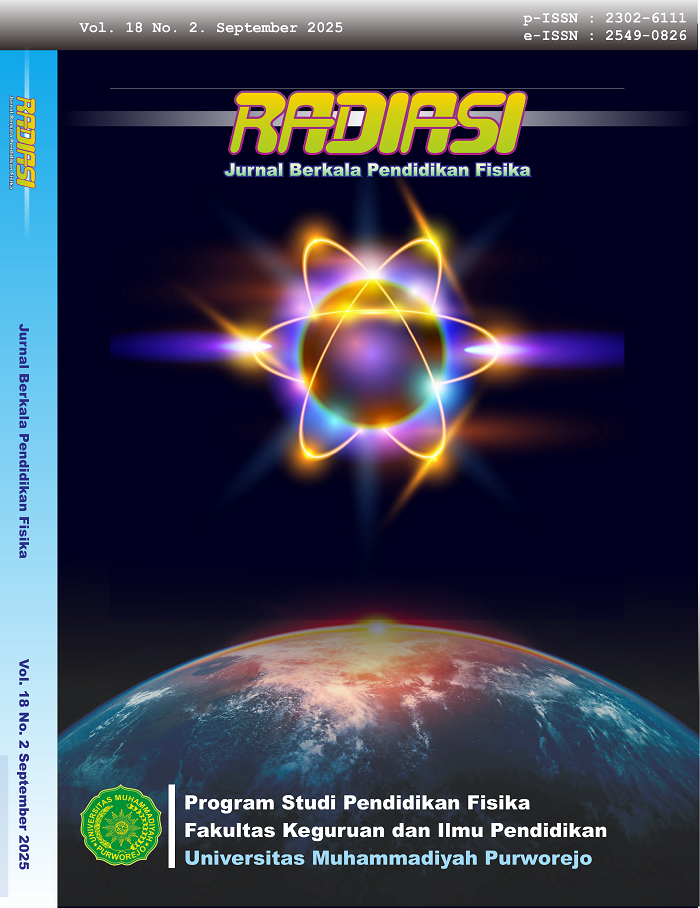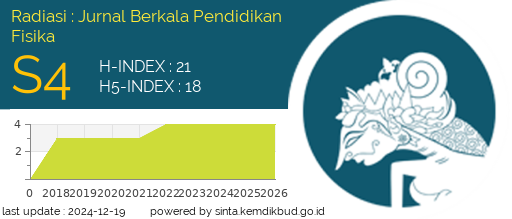Digital Comic Design as a Visualization Concept of Fluid Materials in The Traditional Tofu Production Process
Abstract
The development of digital technology has driven transformation in the world of education, including in the development of learning media. One form of innovation that is developing is the use of creative learning media such as digital comics based on local wisdom. Digital comics that raise the process of making tofu as a representation of local potential are considered suitable for learning fluid materials because they are able to relate physics concepts to real phenomena around students. This media not only brings students closer to the real environment around, but also strengthens their understanding of the potential of their area. This research uses the Research and Development (R&D) research method, this research model is the development of ADDIE which consists of 5 stages of analysis, development, implementation, and evaluation. This research is limited to the development of digital comics without implementation due to research limitations. The validity test that has been carried out on digital comics that has been developed resulted in assessments from material experts with an Aiken V value of 0.88, media experts of 0.88, and educators of 0.90 including valid categories. Thus, digital comic learning media based on local wisdom is valid and suitable for use in learning.
Downloads
Copyright (c) 2025 Siti Khoirul Nurrohmah, Siska Desy Fatmaryanti, Arif Maftukhin

This work is licensed under a Creative Commons Attribution-NonCommercial 4.0 International License.




